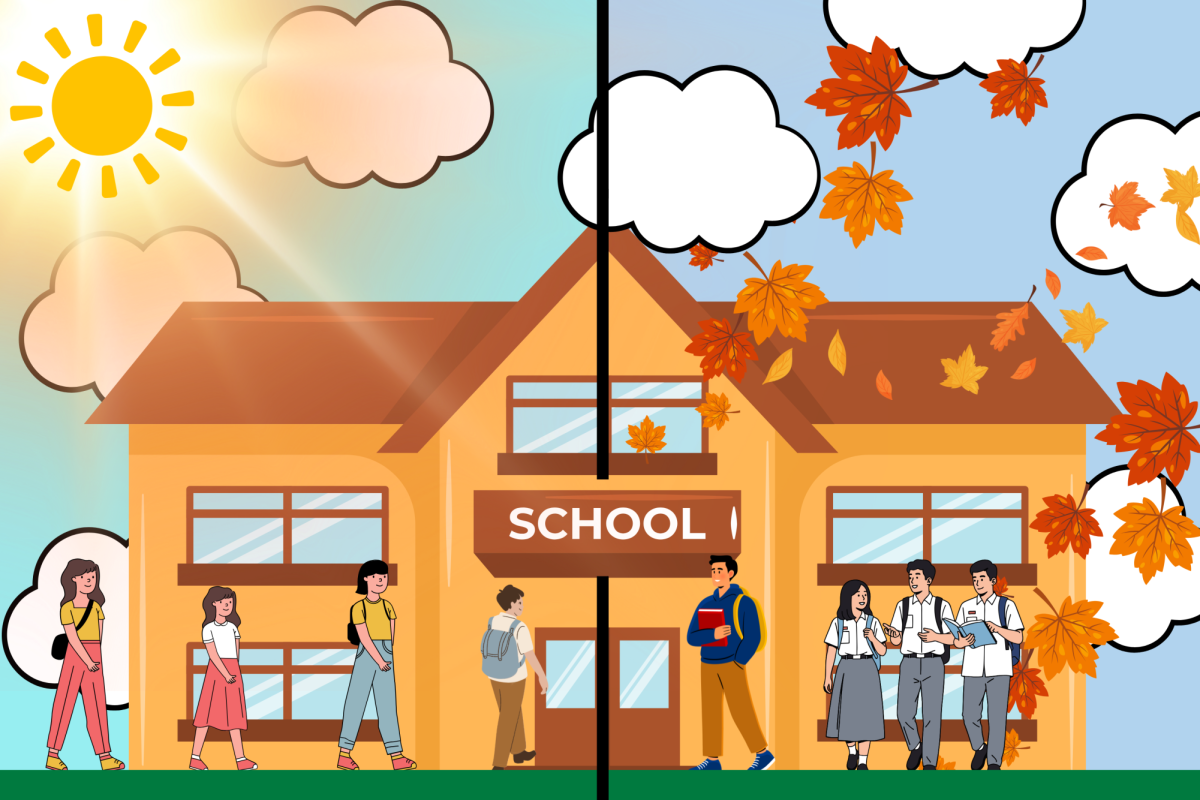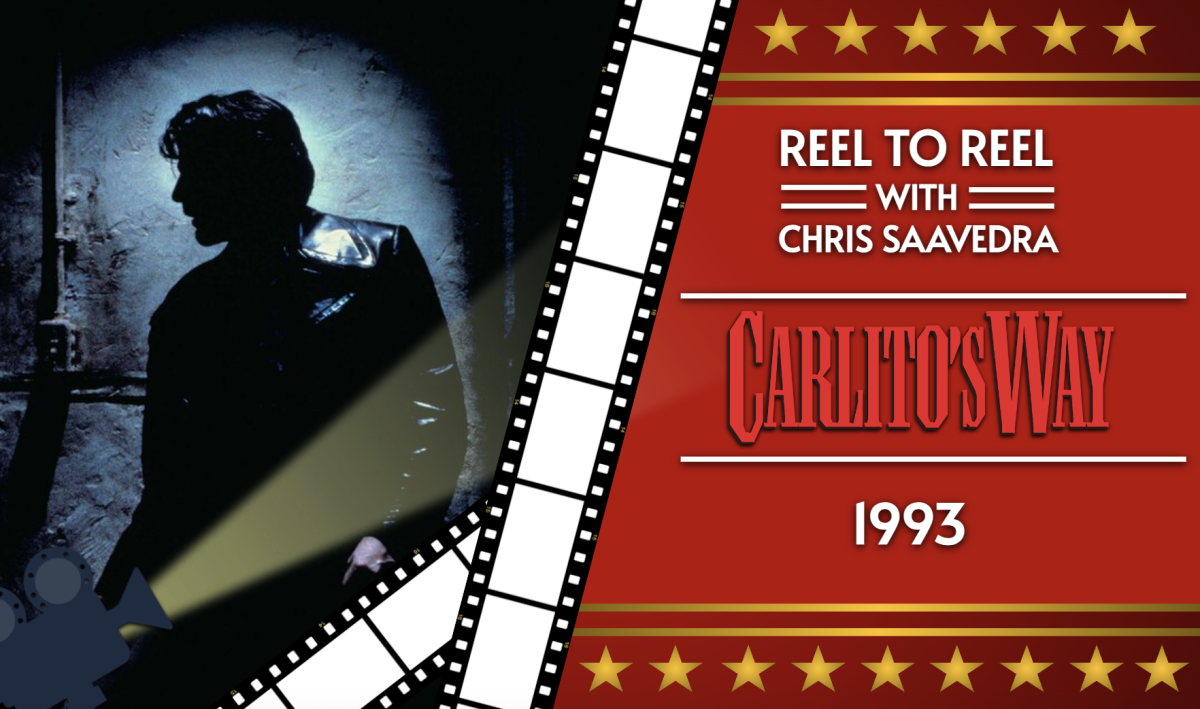What do we think of when summer crosses our minds? We think of sunsets and beaches and never-ending fun. But wait, there’s one more summer activity that’s not as exciting: summer reading.
This year, Edison High’s rising sophomores taking English 10-H were asked to read Harper Lee’s 1960s classic To Kill A Mockingbird. Written in the perspective of growing girl Jean Louise “Scout” Finch, To Kill A Mockingbird is a unique read. Through Scout’s innocent perspective, we see the reality of 1930s Alabama. Her honest perspective guides us as Atticus, her father, stands up righteously to defend a black man for a crime he was wrongly accused of.
But as the novel takes place so long ago, To Kill A Mockingbird does not directly connect with teenage readers in the 21st century. The antiquated language and acting is extremely confusing for those reading a classic for the first time; let’s be honest, most teenagers don’t read classics just for fun. While commenting on this book, we must acknowledge that it is, in fact, a decades-old classic. We cannot have the same expectations for these classics as we do for modern books. With this in mind, To Kill A Mockingbird is an amazing read for those who might enjoy this type of “old-timey” genre; classic-lovers will love this novel’s authentic view on 30s racism.
Despite its age, To Kill a Mockingbird includes important topics such as feminism and racism that can resonate with us even today. Scout’s six-year-old perspective is unique in that we see the world through an innocent lens. Scout has no reason to lie or to have bias, but at the same time, will blindly follow the beliefs of her role models (Atticus and her brother, Jem) as she doesn’t have opinions of her own yet. She is just beginning to understand the world for what it was at the time, and as mindful readers, we will be able to appreciate that.
However, the beginning of the novel is unbelievably slow and painful to read. There are so many characters introduced with little or no context, the plot is not clear, and we are not hooked. There are no “hints” in the introduction to signal what the plotline may be, and there is little hope for an enjoyable read. This itself discourages readers and annoys them. For the rest of the novel, no matter how well the story progresses, they will continue to stay annoyed because of the negative tone the first couple of chapters has set; first impressions are important, but Lee has failed magnificently in this aspect.
Granted a student trudges through the horrible beginning, the climax can prove to be an interesting read. Only here does the important themes and topics start to arise, as Scout navigates her way through Tom Robinson’s court case. The trial is even exciting, since we get to watch Atticus as he tries to defend Tom Robinson despite the prosecutor’s harsh questioning. Not only that, it is interesting to see the many shocking differences between modern and old-fashioned values and morals.
Truthfully, To Kill A Mockingbird requires thorough analysis in order to truly understand the intricate symbolism Lee attempts to convey. Discussions of racism and justice are provoked and lots of evidence is there to be picked apart and observed carefully. The deeper meaning of the title isn’t understood until the last few pages, and even then it’s unclear. The main moral is that high schoolers cannot respect this book’s worth during the summer. It’s just too much to ask of a tenth-grader to read this slow, highly symbolic, heavy book during a time that should be their vacation. To read this book, you must be interested in it and willing to put in time to understand it completely, but in the summer, teenagers are usually not willing to put in this effort.
To Kill A Mockingbird’s honesty in depicting the past and its importance in discussing racism makes this novel a worthy read, but analyzing it during a time that should be dedicated to relaxation is an unrealistic expectation. In the summer, students are unlikely to spend their time understanding these complex subjects. To them, To Kill A Mockingbird is as good as a bedtime story–boring and long.



















































































